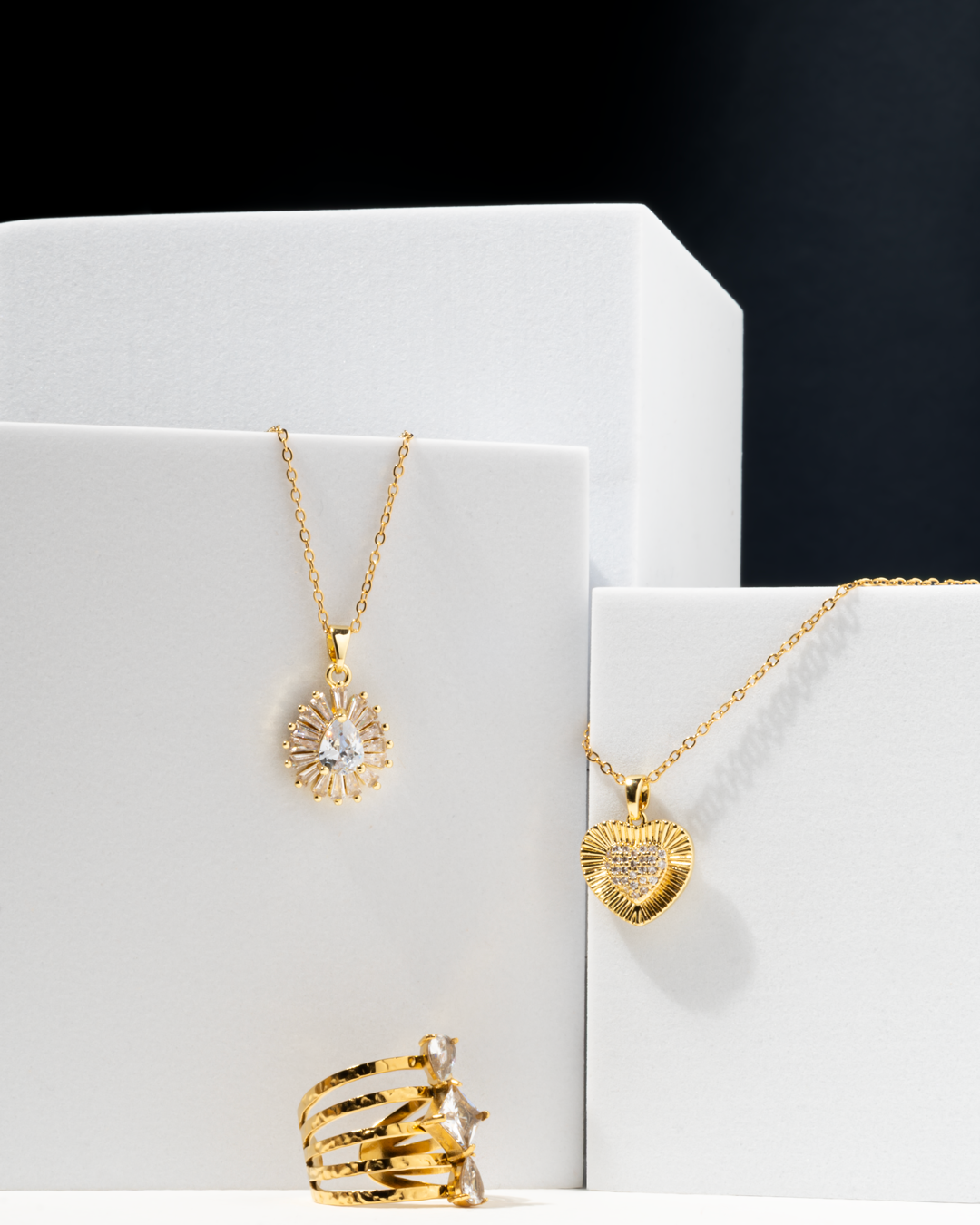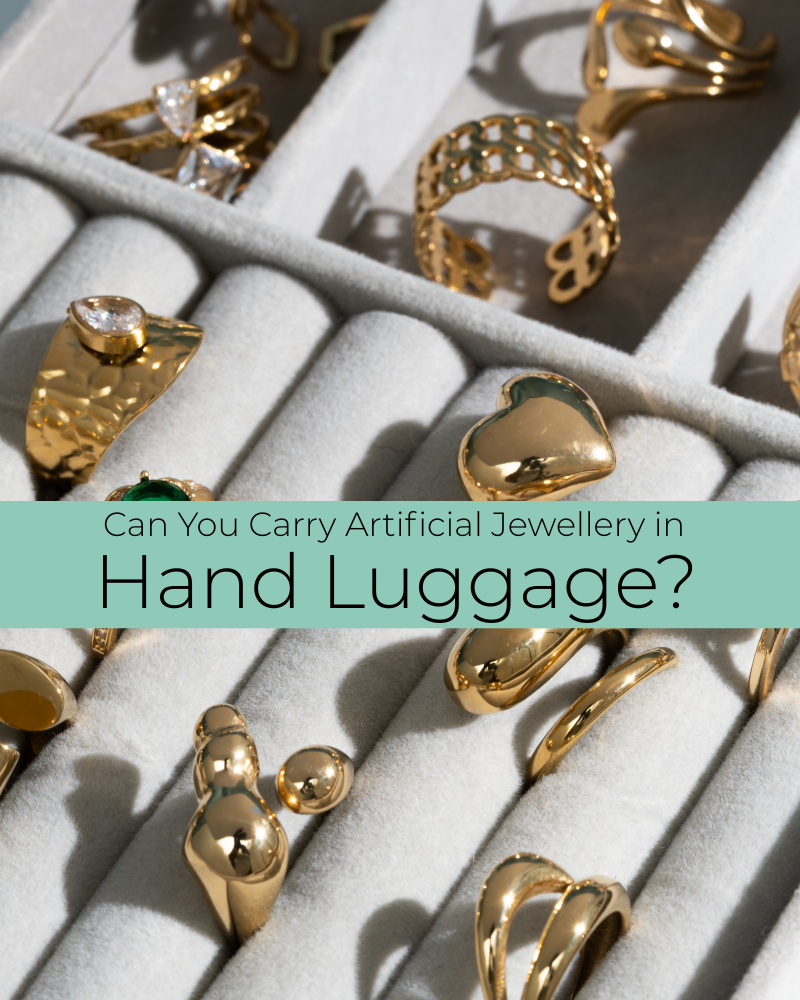In today’s fashion-forward world, jewellery is no longer just about gold and diamonds.
Enter artificial jewellery an affordable, versatile, and stylish alternative that’s taking the world by storm. But what exactly is artificial jewellery, and why is it so popular?
Let’s explore everything you need to know, with examples, types, and styling tips in this comprehensive guide.
What is Artificial Jewellery?
Artificial jewellery, also known as imitation jewellery, fashion jewellery, or costume jewellery, is jewellery made from non-precious materials.
Unlike fine jewellery crafted from gold, silver, or platinum, artificial jewellery uses affordable components like metals, glass, beads, stones, and plastic to create stylish accessories that mimic the look of real jewellery.
Key Features of Artificial Jewellery
-
Affordable: Budget-friendly without compromising on looks.
-
Trendy: Keeps up with the latest fashion styles and seasonal trends.
-
Lightweight: Comfortable to wear for long hours.
-
Versatile: Perfect for casual, formal, festive, and party wear.
-
Low Maintenance: Easier to care for compared to real gold/silver.
Materials Commonly Used in Artificial Jewellery
-
Metal Alloys (like copper, brass, aluminum)
-
Glass Stones and Cubic Zirconia
-
Beads, Pearls (faux), and Plastic
-
Enamel Coating for color and finish
-
Rhinestones, Kundan, Polki, and American Diamonds
Types of Artificial Jewellery (With Examples)
Here’s a breakdown of the most popular types of artificial jewellery with examples:
1. Earrings
From casual studs to dramatic chandeliers, artificial earrings come in every design imaginable.
-
Examples: Jhumkas, danglers, ear cuffs, hoops, tassel earrings.
2. Necklaces & Chains
Artificial necklaces add glamour to both ethnic and western outfits.
-
Examples: Kundan chokers, oxidized silver chains, layered pendants.
3. Bangles & Bracelets
Stackable, colorful, or antique-finish artificial bangles are a go-to for festivals and weddings.
-
Examples: Meenakari bangles, oxidized bracelets, beaded hand chains.
4. Rings
Statement rings or stackable bands are trending in artificial jewellery fashion.
-
Examples: Cocktail rings, adjustable boho rings, faux solitaire rings.
5. Maang Tikkas & Matha Pattis
Perfect for bridal looks and traditional occasions.
-
Examples: Kundan maang tikka, pearl matha patti with American diamonds.
6. Anklets & Toe Rings
Add a playful or ethnic touch to your look with pretty anklets.
-
Examples: Shell anklets, oxidized toe rings, pearl payal sets.
7. Brooches, Waist Belts & Hair Accessories
Ideal for festive, bridal, and fusion styling.
-
Examples: Artificial stone brooches, Kamarbandh, floral hairpins.
Who Wears Artificial Jewellery?
Artificial jewellery is loved by:
-
Brides (for pre-wedding functions like mehendi, haldi)
-
College students (for budget-friendly fashion)
-
Office-goers (lightweight, subtle styles)
-
Travelers (stylish and safe to carry)
-
Fashion influencers (to match changing trends)
Benefits of Artificial Jewellery
-
Budget-Friendly Glam: Look expensive without spending big.
-
No Fear of Loss: Easy to carry while traveling.
-
Experiment with Styles: Try bold or colorful looks without long-term commitment.
-
Skin-Friendly Options: Many brands offer hypoallergenic and nickel-free pieces.
-
Perfect for Gifting: Stylish sets available at all price points.
Difference Between Artificial and Real Jewellery
|
Feature |
Artificial Jewellery |
Real Jewellery |
|
Material |
Alloy, plastic, beads, faux stones |
Gold, silver, platinum, real stones |
|
Price |
Affordable |
Expensive |
|
Durability |
Less durable |
Long-lasting |
|
Usage |
Casual, seasonal, fashion styling |
Investment, heirloom, wedding |
|
Maintenance |
Easy to clean and store |
Requires careful upkeep |
How to Maintain Artificial Jewellery
-
Keep pieces dry & away from moisture.
-
Store in zip-lock bags or pouches to avoid tarnishing.
-
Avoid spraying perfume or water directly on them.
-
Clean gently with a soft cloth after use.
👉 Also Read: How to Clean Artificial Jewellery at Home
Is Artificial Jewellery Eco-Friendly?
Many newer artificial jewellery brands are moving toward sustainable materials like recycled metals, cruelty-free faux stones, and minimal packaging, making them more eco-conscious than before.
FAQs About Artificial Jewellery
Q1: Can I wear artificial jewellery daily?
Yes, many pieces are made for everyday wear. Choose lightweight, skin-safe designs for comfort.
Q2: Does artificial jewellery tarnish over time?
Yes, if not stored properly. Avoid moisture and perfume contact to extend its life.
Q3: Is artificial jewellery safe for sensitive skin?
Look for nickel-free or hypoallergenic tags. Some low-cost options may irritate skin.
Q4: Can artificial jewellery look like real gold or diamonds?
Absolutely! High-quality artificial pieces can closely mimic the appearance of real jewellery.
Q5: Is it okay to wear artificial jewellery at weddings?
Definitely. Many brides opt for artificial bridal sets for haldi, mehendi, or reception looks.
Where to Buy Artificial Jewellery Online?
Artificial jewellery is widely available on:
-
E-commerce platforms like Amazon, Flipkart, Myntra
-
Instagram boutiques
-
Niche brands like Mirava Jewellery, offering curated fashion collections
Final Thoughts
Artificial jewellery has redefined how we accessorize offering beauty, versatility, and affordability all in one. Whether you’re dressing up for a big occasion or just want to elevate your everyday look, imitation jewellery makes it possible to experiment, shine, and express your unique style without limits.
So, next time someone asks “What is artificial jewellery?”, you’ll know it’s not just a budget option. It’s a fashion revolution.




